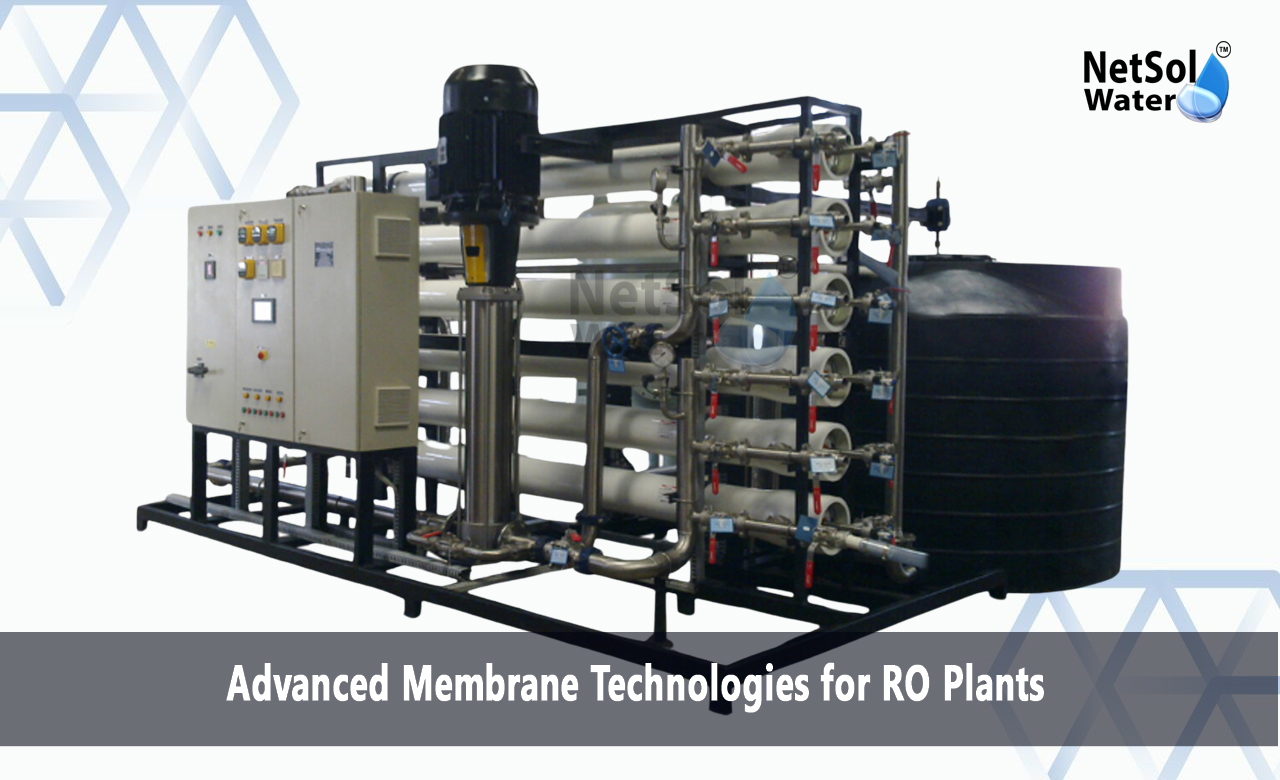What are the Advanced Membrane Technologies for RO Plant?
Clean water stays essential for our survival. The growing global population needs more drinking water while industries require ultra-pure water for their processes. This makes advanced membrane technologies in RO plants more important than ever. These technologies help us turn seawater and contaminated water into clean water for homes and industries.
The development of membrane technology has changed how we purify water. Modern RO plants use sophisticated membrane systems that remove contaminants at the molecular level. This creates pure water without using chemicals or excessive energy. As technology advances further each year more innovations emerge in membrane design and materials. These improvements make water treatment more effective and cost-efficient.
We examine the key developments in membrane technology for RO plants. We'll explore how new materials enhance membrane performance how smart monitoring systems optimize operations and how novel designs increase efficiency. Understanding these advances helps plant operators make better decisions about upgrading their facilities.
The Evolution of Membrane Materials
The materials used in RO membranes determine how well they work. Recent advances in material science have created membranes that last longer and clean water better. Let's examine the latest developments in membrane materials that make RO plants more effective.
Nanocomposite Membranes: Scientists now combine different materials at the nanoscale to create better membranes. These nanocomposite membranes use materials like graphene oxide and metal-organic frameworks. The combination makes membranes stronger and more resistant to damage. The tiny spaces between particles also let water flow through faster while still blocking contaminants.
Biomimetic Membranes: Nature inspires new membrane designs. Biomimetic membranes copy how living cells filter water. These membranes use proteins called aquaporins that move water molecules efficiently. The design allows more water to pass through while using less energy. This makes RO plants more economical to operate.
Anti-fouling Surface Modifications: Surface changes to membranes help prevent buildup of dirt and bacteria. New coating techniques create super-smooth surfaces that resist sticking. Some coatings also include antimicrobial materials that stop bacteria growth. This means membranes need less cleaning and last longer.
Smart Monitoring and Control Systems: Modern RO plants need advanced monitoring to work their best. Smart systems track membrane performance and adjust operations automatically. This section covers how new monitoring technologies make RO plants more efficient.
Real-time Performance Analysis
New sensors measure water quality and membrane condition continuously. The data helps operators spot problems early before they become serious. Computer systems analyze patterns to predict when maintenance will be needed. This prevents unexpected shutdowns and extends membrane life.
Automated Cleaning Systems: Smart systems know when membranes need cleaning. They adjust the cleaning schedule based on actual membrane condition not just time passed. This saves chemicals and ensures membranes stay clean without excessive washing. The systems also track cleaning effectiveness to optimize the process.
Data Analytics for Optimization: Advanced software analyzes data from many sensors to improve plant operation. It finds ways to save energy and water while maintaining quality. The software also helps operators understand long-term trends. This knowledge leads to better decisions about maintenance and upgrades.
Novel Membrane Configurations
How membranes fit together affects how well they work. New designs make RO systems more compact and efficient. Here we explore innovative ways to arrange and use membranes in RO plants.
Spiral Wound Advances: Traditional spiral wound membranes continue to improve. New spacer designs create better water flow patterns. This reduces membrane fouling and increases efficiency. Modified membrane rolling techniques also pack more membrane area into the same space.
Hollow Fiber Innovations: Hollow fiber membranes offer unique advantages for some applications. New manufacturing methods create fibers with precise pore sizes. The fibers can handle higher pressures without breaking. Some designs also include multiple layers for better filtration.
Hybrid Systems: Combining different membrane types creates more effective treatment systems. Each membrane type handles specific contaminants best. Using them together produces better results than any single type alone. This approach also makes systems more flexible and reliable.
Make Your RO Plant More Effective with Advanced Membrane Technologies
Modern membrane technologies transform how RO plants work. The right combination of materials monitoring systems and designs can improve your results dramatically. Contact water treatment experts to learn which advanced membrane technologies suit your needs best. They can help you choose solutions that make your RO plant more efficient and productive.
Netsol Water is Greater Noida-based leading water & wastewater treatment plant manufacturer. We are industry's most demanding company based on client review and work quality. We are known as best commercial RO plant manufacturers, industrial RO plant manufacturer, sewage treatment plant manufacturer, Water Softener Plant Manufacturers and effluent treatment plant manufacturers. Apart from this 24x7 customer support is our USP. Call on +91-9650608473, or write us at enquiry@netsolwater.com for any support, inquiry or product-purchase related query.



